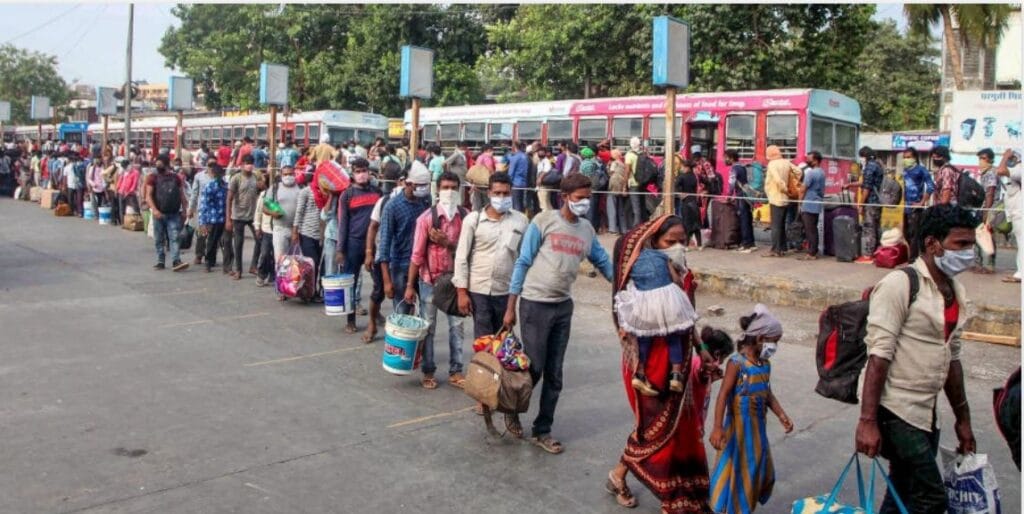Rural distress to impact economy: Survey
with migrants making their way to villages, rural India, which has been the mainstay of the Indian economy, is now facing a double whammy—more mouths to feed and loss of livelihood. All this is bound to hit the preparedness for the upcoming kharif crop season that lasts from June to October, which is likely to affect the food production and supply chain in the long run.
Rural India accounts for two-thirds of the nation’s 1.3 billion people who account for 45% of the country’s gross domestic product. Back-to-back droughts and demonetization in 2016 had badly affected the rural economy and now migrants returning home with empty pockets because of job loss, are likely to add pressure on families.
According to one of the largest survey carried out to assess the impact of COVID 19 and the lockdown on the rural poor, it was found that majority of households have “very limited stocks of food” grown by them in the last Kharif or Rabi season. The rural households are today solely dependent on food supply through PDS. The survey covered 5100 households in 47 districts in 12 states of the Union and was carried out days after the lockdown.
It was jointly anchored by Transform Rural India Foundation, Delhi and Vikasanvesh Foundation, a development research centre based in Pune, Maharashtra and methodologically
supported by Sambodhi, a well know research firm in Lucknow. Participating NGOs were: Professional Assistance for Development Action (PRADAN), BAIF), Action for Social Advancement (ASA), SATHI-UP, Aga Khan Rural Support Programme (AKRSP),
Grameen Sahara.

The findings have raised alarm bells. While the months of peak food insecurity in most rain-fed regions are July and August, people are already experiencing food insecurity. They have begun consuming fewer items and eating fewer meals every day than similar periods in normal times, the survey points out.
The survey says “It is just a snapshot of the ‘Rural Stress’ when only 13% of migrants had returned home.” With reverse migration becoming rigorous after Indian Railways and the State Governments ensured that Shramik Specials and Roadways buses were pressed into service from different states to take them home, the real issues will surface then.
Indebtedness among rural poor is rising and nearly 30% of the respondents have already had to borrow from their kin or professional money lenders to meet subsistence costs.
There are early signs of acute distress, which are visible with all discretionary expenses on marriages or similar ceremonies are either put on hold or being cut down drastically. Their children are likely to be withdrawn from schools in 30% of the households. Households have begun depleting productive assets with many even selling even bullocks or milch animals. With only a sixth of the households reporting return of their migrant members, the workload on women has significantly increased from fetching water and fuel wood to cooking food. This drudgery shows no sign of abating.
Now, it remains to be seen whether the financial package announced by Union finance minister Nirmala Sitharaman, which focuses primarily on migrant workers with free food grain supply to all migrant laborers for next 2 months (Each worker to get 5 kgs of rice or wheat & 1 kg of chana), will bring some semblance to the rural economy. The finance minister had said eight crore migrants who do not have either central or state PDS card, will benefit from the free food grain scheme and Rs 3,500 crores will be spent on this.
As the country enters into Lockdown 4.0 and the reverse migration increasing steadily, the situation only seems to go from bad to worse, for now.